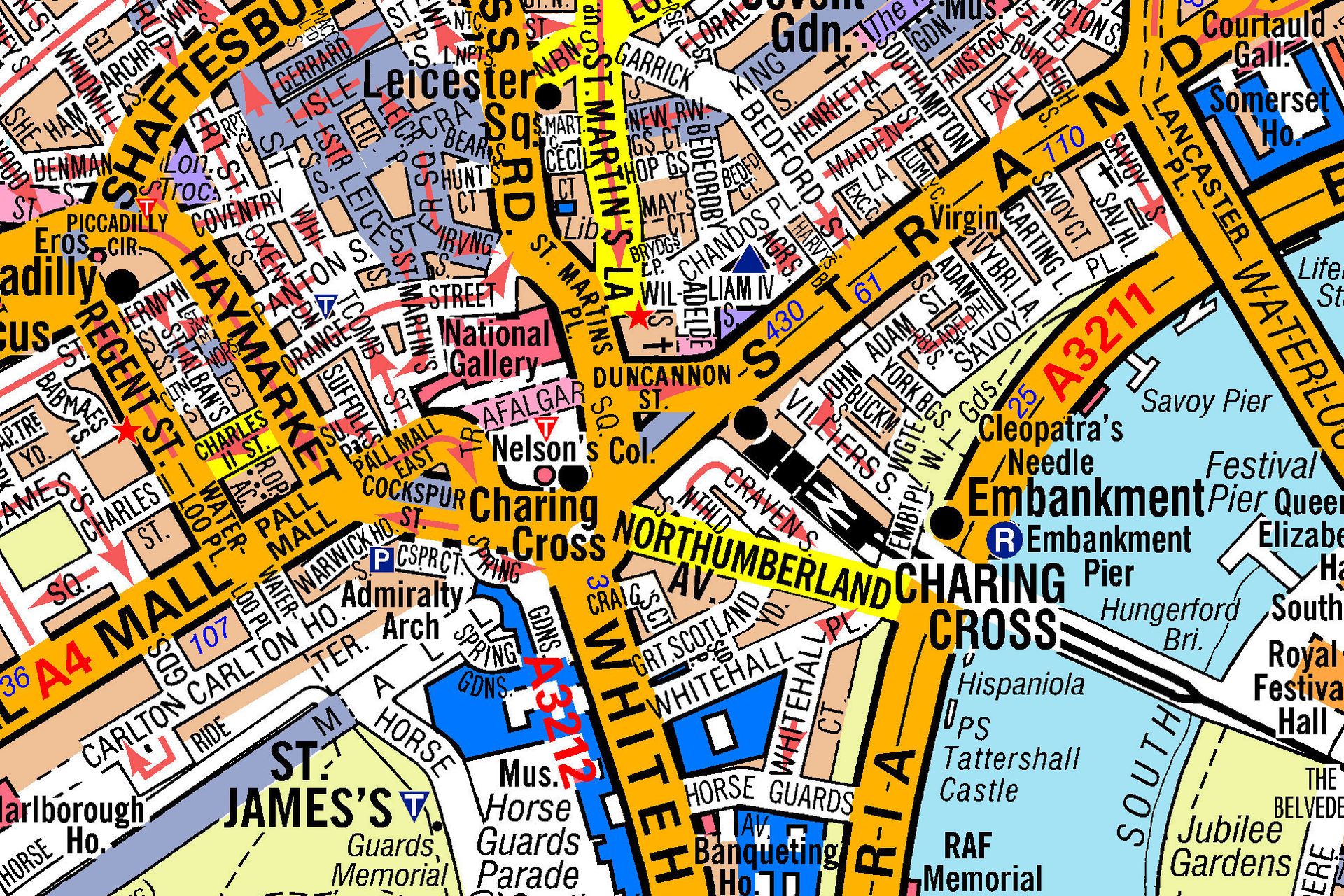Have you ever felt stuck in a financial rut with your current car loan? If so, you may have experienced negative equity in car finance.
Negative equity occurs when the value of your car is less than the remaining balance of your loan. It’s a slippery slope that can be difficult to escape, but understanding how it works and taking proactive steps can help you find the right finance plan.
Let’s look at:
- What negative equity is
- The causes and mechanisms behind it
- Finance types that can help manage it
- Representative examples
- Risk factors
- Ways to avoid and resolve negative equity.
Key Takeaways
- Negative equity in car finance occurs when the value of the vehicle is less than the remaining balance owed on the finance agreement.
- Carrying negative equity over to a new agreement can increase the risk of financial difficulty.
- Different types of car finance, such as hire purchase and PCP, have different implications for negative equity.
- Carvine offers car finance options to help with negative equity and finding the right lender.
What Is It?
Negative equity in car finance occurs when you owe more on your car loan than the car is actually worth, and it can be a problem when it comes to selling or part-exchanging your car – in fact, around 1 in 4 cars in the UK are sold with negative equity.
This happens when a vehicle market value depreciates faster than the loan is being repaid, resulting in an amount owed that is greater than the car’s value. To help with this, there are negative equity finance options that allow you to pay for a new car while still repaying the previous finance agreement.
These finance agreements involve combining payments for both vehicles into one fixed monthly payment. While this can be helpful if you’re struggling with payments for one monthly payment already, it’s important to remember that carrying negative equity over to a new agreement can increase the risk of financial difficulty.
It’s also important to understand the different types of car finance available, such as current hire purchase agreement (HP) and personal contract purchase (PCP), as this can help you make an informed decision about the best option for you.
At Carvine, we impartial advice on finance for used cars and vans, as well as £0 deposit flexible finance deals.
Knowing the risks and understanding the different types of car finance available is key when dealing with negative equity. Carvine can provide help in finding the right lender, so make sure you do your research and take advantage of their services to ensure you get the best deal possible.
Causes and Mechanism
Having too much debt on a vehicle can lead to a tricky situation. Negative equity in car finance is a type of debt where the amount owed on the financed car is greater than its actual worth. This is usually caused by the car depreciating in value faster than the loan is being repaid. It can also be due to changing cars during a loan period, struggling with payments, or insurance only covering the current value of the car. Factors such as high-interest rates or long-term loans, insufficient down payment, rolling over negative equity, overpaying for a vehicle, damage or modifications, and early trade-in can also contribute to negative or negative car equity.
Negative equity can restrict your financial flexibility with your car and may result in late fees if you miss payments. Different types of car finance, such as hire purchase and PCP, have different implications for negative equity. With hire purchase car finance, you pay off the total value of the car more quickly, which reduces the risk of negative equity. PCP arrangements often have lower monthly payments but can result in negative equity if the amount owed exceeds the value of the car.
It is not always possible to avoid negative equity, but taking out a hire purchase loan or finance and doing research before choosing a car can reduce the risk. If you have negative equity, you can stick with your current deal, ask for voluntary termination, or pay off the negative equity.
Carvine can also help with negative equity car finance and finding the right lender. The key to resolving negative equity is clearing the balance and owning the vehicle. Keeping the car in good condition and staying within the agreed annual mileage limit can help to reduce the risk of negative equity.
Finance Types
The financial burden of owning a car can quickly become insurmountable, leaving you feeling overwhelmed and stuck in a rut. Negative equity in car finance is one of the most common issues that drivers face. Here are some of the finance types available, and how they can help:
- Hire Purchase (HP): A common form of car finance, HP involves paying a deposit followed by regular installments. HP is less likely to result in negative equity than PCP, as the total value of the car is paid off more quickly.
- Personal Contract Purchase (PCP): PCP generally has lower monthly payments, but can result in negative equity if the amount owed exceeds the value of the car. Options for dealing with negative equity in PCP include returning the vehicle, paying the balloon fee, or taking out a new loan for a replacement car.
When looking for a car finance deal, make sure to compare the total amount borrowed, the term length, and the car’s depreciation rate. Keeping the car in good condition and staying within the agreed annual mileage limit can also help to reduce negative equity. If you’re already in negative equity, contact the team for help in finding a finance plan to suit you. Customer reviews are available online to help inform your decision.
Representative Example
Finding the right car finance plan can be tricky, so representative examples can be helpful in understanding the costs and implications of taking out a loan. A representative example is a standardised example of the costs associated with a loan, allowing customers to compare finance products.
For example, a representative example from Carbase may include:
- Cash price: £19,315.06
- Term: 50 months
- Monthly payment: £420.70
- Amount of credit: £17,608.64
- Fixed interest rate: 4.67% per annum
- Representative APR: 9.85%
This example also includes:
- Deposit: £1,706.42
- Option fee: £399.00
- Total charge for credit: £3,825.35
The total amount payable, including the deposit, would be £23,140.42.
It is important to remember that the representative example provided does not necessarily reflect the terms of the finance product that’s chosen. It’s essential to read the terms and conditions of any such finance provider or product and ensure that the customer is comfortable with the terms before entering into an agreement.
Additionally, customers should always do their research and read customer reviews before choosing a car finance company or plan.
[car_finance_form]Our car finance calculator helps you see how much your car loan repayments will be on a monthly basis.
Simply select how much you are looking to borrow and for how long.
Risk Factors
| Risk | Description |
|---|---|
| Car Depreciation | The value of the car decreases over time. |
| High-Interest Rates/ Long-Term Loans | Interest rates, loan terms, and the overall cost of the loan can be more expensive than expected. |
| Insufficient Down Payment | A low down payment may leave you with a loan balance that is higher than the value of the car. |
| Rolling Over Negative Equity | Carrying negative equity over to a new agreement increases the risk of financial difficulty. |
| Overpaying for a Vehicle | Paying too much for a car can leave you with negative equity. |
| Damage or Modifications | Damage or modifications to the vehicle can reduce its value, resulting in negative equity. |
| Early Trade-In | Trading in a vehicle early can leave you with negative equity. |
Falling into negative equity can be a slippery slope, so it’s important to understand the potential risks before signing up for a car finance plan.
Factors that can lead to negative equity include car depreciation, high-interest rates or long-term loans, insufficient down payment, rolling over negative equity, overpaying for a vehicle, damage or modifications, and early trade-in.
Negative equity can be difficult to get out of, so it’s essential to do your research before signing up for a car finance plan.
Consider your budget and lifestyle, and make sure you understand the potential risks. It’s also important to keep the car in good condition and stay within the agreed annual mileage limit.
If you’re already in a negative equity situation, contact our team for help with finding a new finance agreement or plan. Customer reviews can be found on Trustpilot.
Doing your research can help you avoid falling into negative equity and save you from potential financial difficulties.
Resolving Negative Equity
Getting out of negative equity can be tricky, but there are a few options to consider.
- Sticking with your current deal: If you choose not to transfer negative equity, you can stick with your current deal, ask for voluntary termination, or pay off the negative equity.
- Taking out a new loan: If you have negative equity with a hire purchase, you can cancel the agreement and take out a loan for a cheaper vehicle.
- Carvine: Carvine can help with negative equity car finance and finding the right lender.
You can also take measures to avoid getting into negative equity in the first place, such as taking out a hire purchase agreement and finance and doing research before choosing a car. Keeping the car in good condition and staying within the agreed annual mileage limit are also important.
If you are already in negative equity, contact Carvine’s team for help with finding a finance plan. Check customer reviews on Trustpilot to decide if their services are right for you. Ultimately, negative equity is resolved when the outstanding loan balance is cleared and you own the vehicle.
Avoiding Negative Equity
It is possible to avoid negative equity in car finance, but it requires careful research and planning. To reduce the risk of negative equity, choose a car with a suitable annual depreciation rate compared to the total amount borrowed and the term of the finance agreement. Consider add-ons carefully, as they may not offer value for money.
Furthermore, look for a finance agreement with a low-interest rate and a reasonable down payment. Maintain the car well and stay within the agreed annual mileage limit.
If you’re already in negative equity, contact the team at Carvine for help finding a finance plan. They can help you weigh up the options available to you, such as sticking with the current finance deal, asking for a voluntary termination or paying off the negative equity. Customer reviews can be found on Trustpilot and can provide reassurance about Carvine’s services.
Negative equity can have serious implications for your financial flexibility and can result in late fees if payments are missed. Ultimately, it is important to do as much research as possible before taking out a car finance agreement and to ensure that you are not taking on more than you can manage.
Carvine Finance Options
With Carvine, you can find a finance plan to suit your needs and get back on track. Whether you’re already in negative equity or trying to avoid it, Carvine has options to help.
Here are 4 things to consider when looking into Carvine’s car finance options:
- Check customer reviews on Trustpilot. This will give you an idea of how Carvine has worked for other people in the same situation.
- Compare the total amount borrowed and term to the depreciation rate of the vehicle. This will help you understand the impact of the loan over time.
- Make sure you factor in any add-ons and check their value for money. This will help you make an informed decision about what to include.
- Keep the car in good condition and stay within the agreed annual mileage limit. This will help keep the value of the vehicle up and reduce the risk of negative equity.
Carvine can help you find the right finance option for you. Their team will work with you to find the best option and provide assistance throughout the process. So, if you’re looking for a car finance company with negative equity, Carvine may be the right choice for you.
Frequently Asked Questions
How can I tell if I have negative equity with my car finance?
You can tell if you have negative or positive equity with car finance by comparing the value of the vehicle to the amount you owe. Startlingly, if the value is lower, you have negative equity. Take action quickly to prevent further financial difficulty.
What happens if I cannot repay the loan for my car?
If you cannot make monthly repayments on your loan, you may face financial difficulty. Contact your lender to discuss options and seek advice from a financial expert.
What should I consider when choosing a car finance option?
When choosing a car finance option, consider the total amount borrowed, the term, depreciation rate, add-ons, and condition of the car. To keep the car owners your finances on track, stay within the agreed annual mileage limit too.
How do I know if the add-ons are worth the money?
Check customer reviews, compare the total amount borrowed and term to the car’s depreciation rate, and make sure the add-ons offer value for money. Ensure the car is kept in good condition and stay within the agreed mileage limit.
Are there customer reviews I can read before taking out a loan?
Yes, customer reviews can be found on Trustpilot. For example, one customer reported a quick and easy transaction, with helpful customer service. Be sure to read all reviews before taking out a loan to get a better idea of the service you’ll receive.





